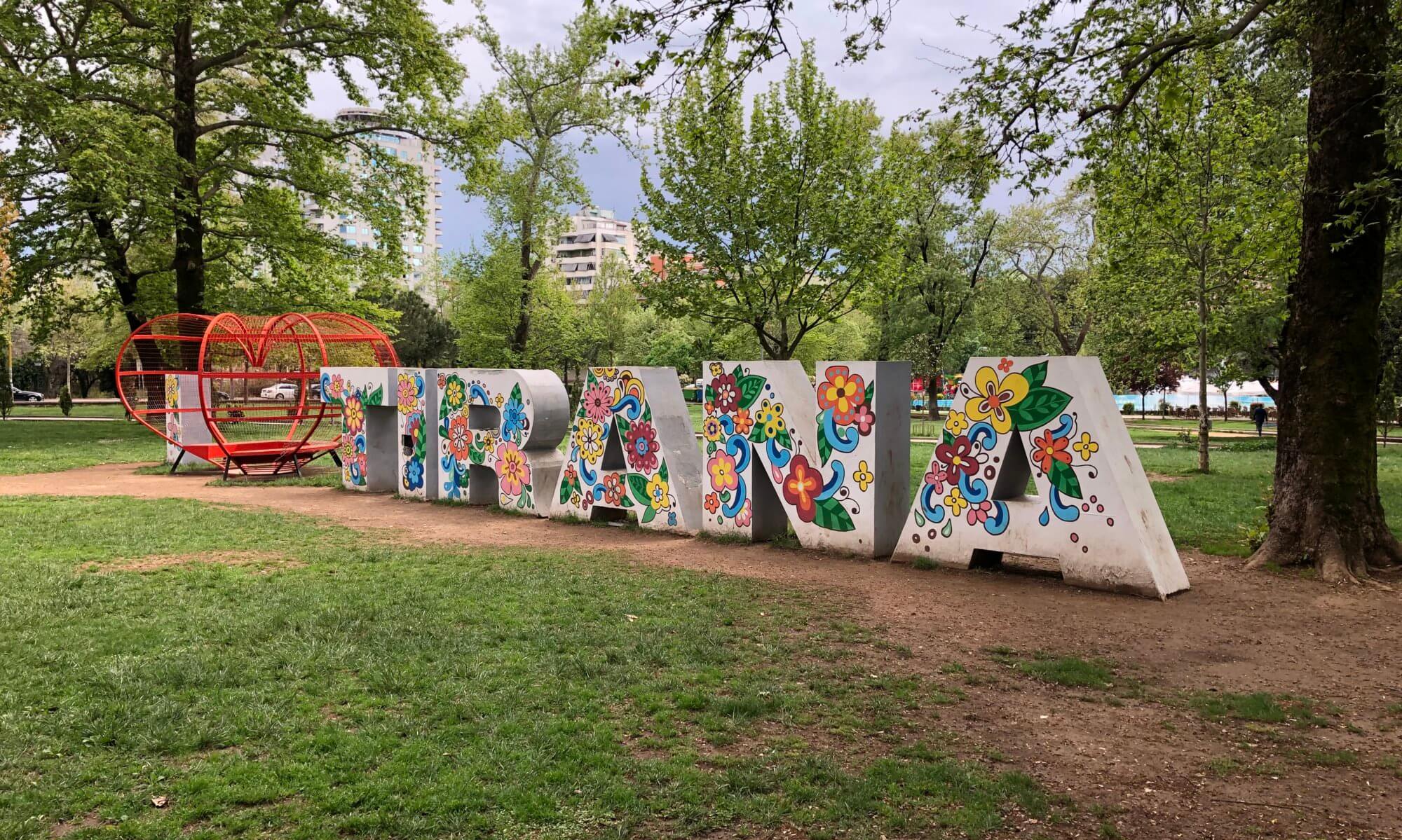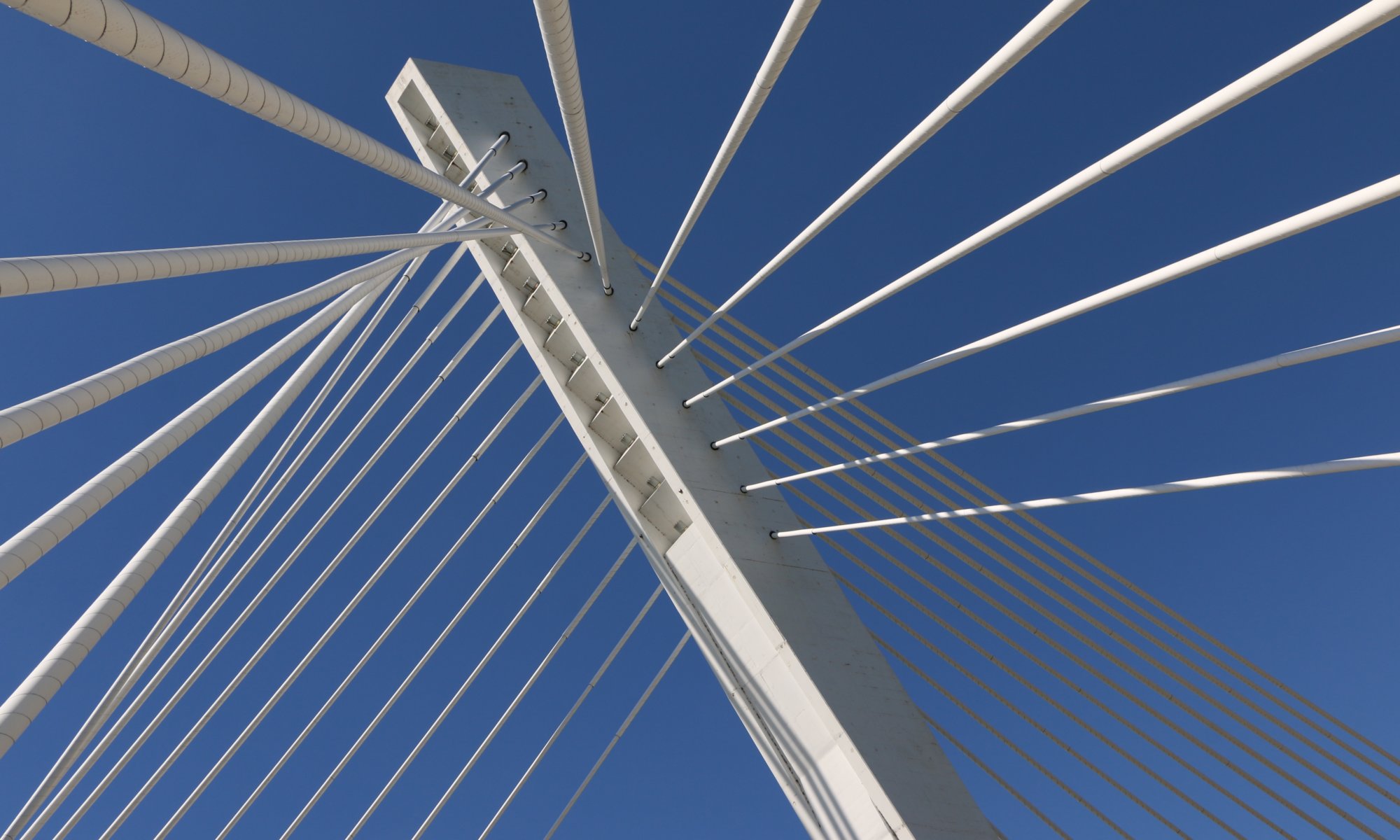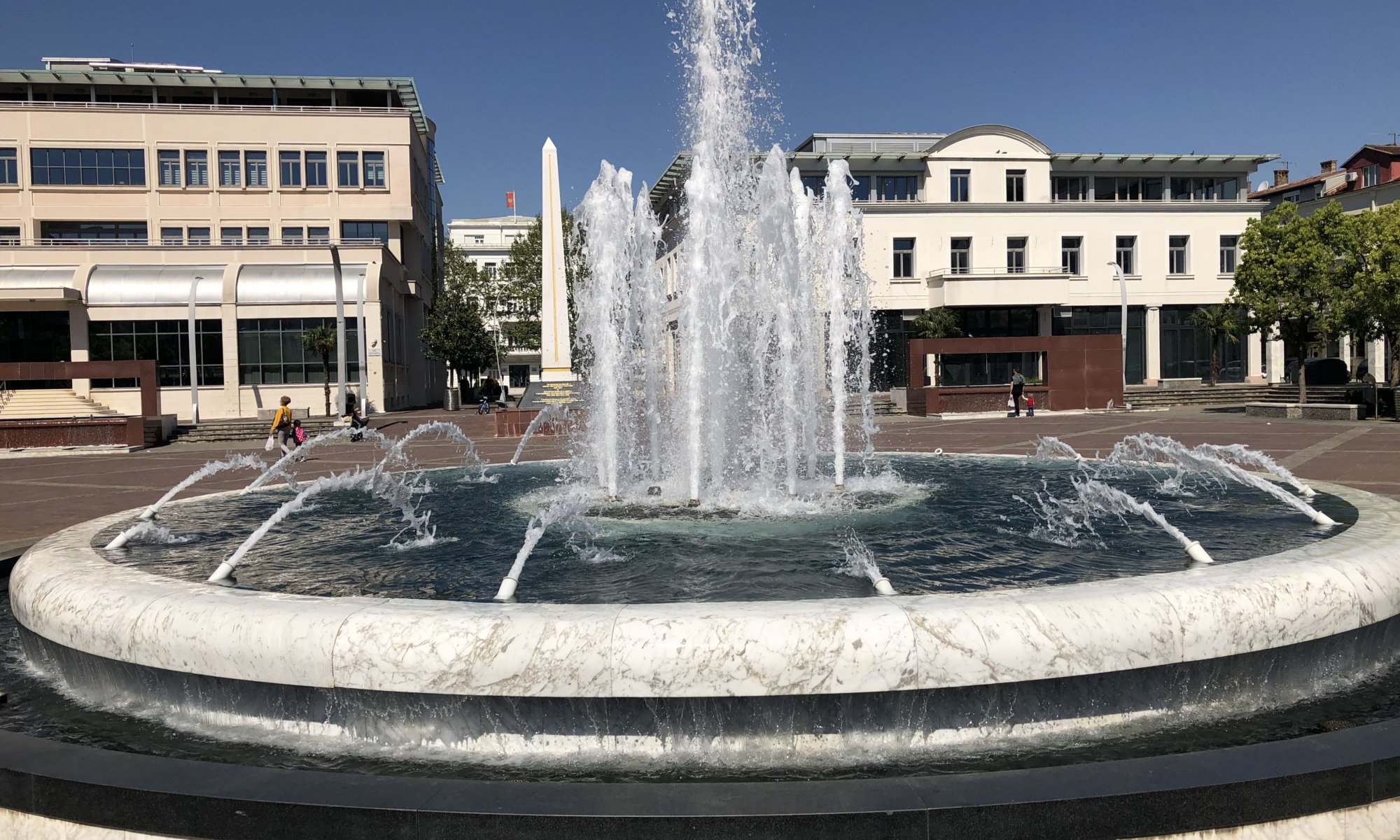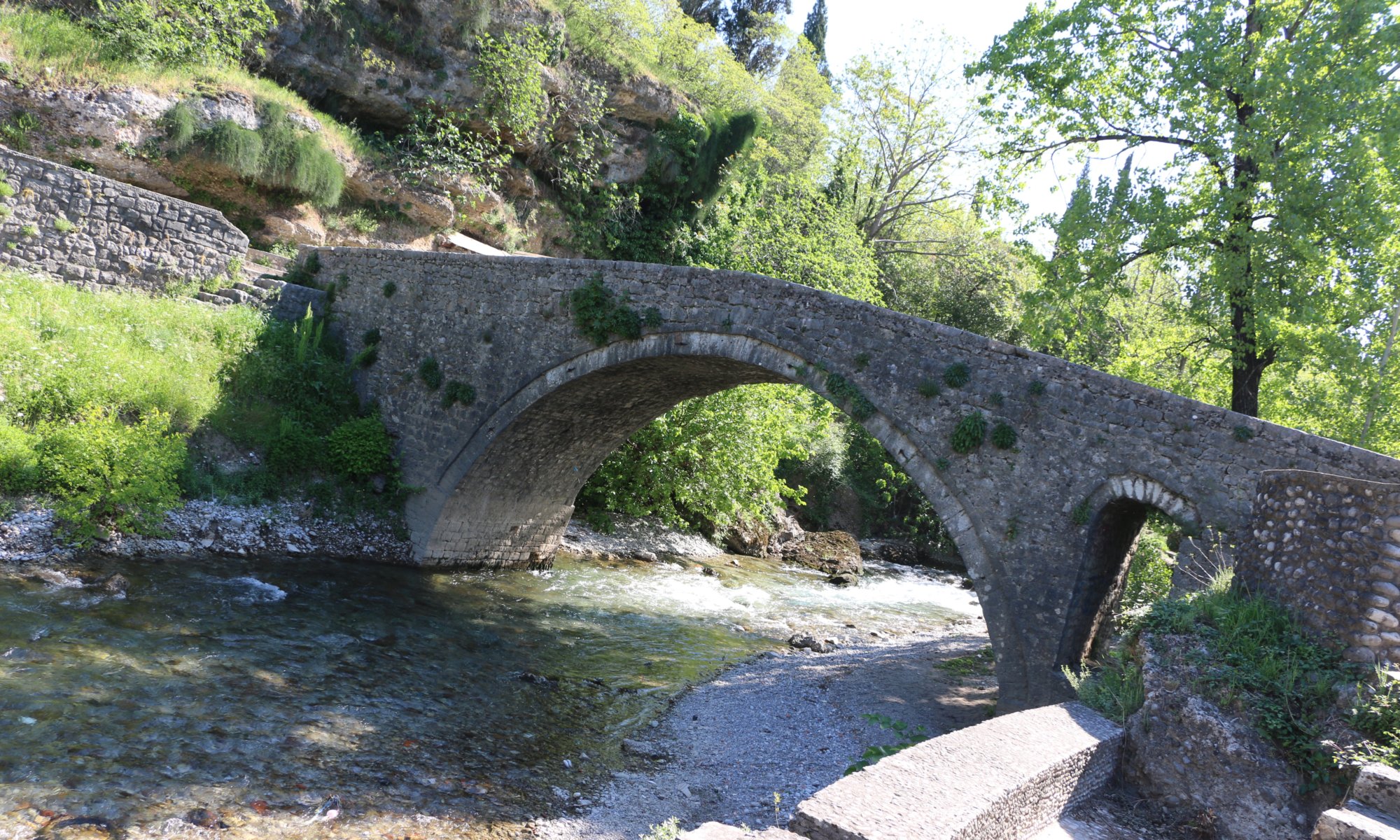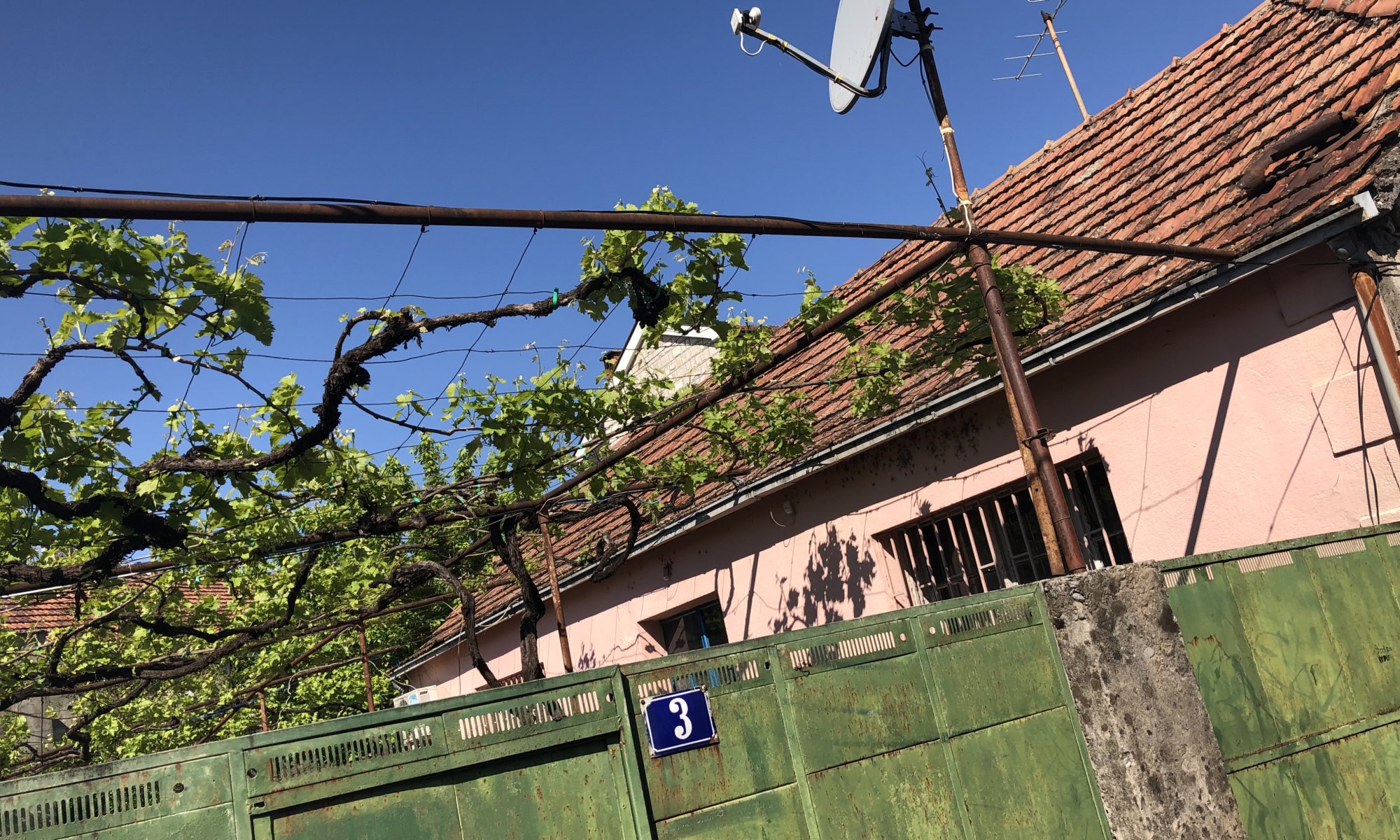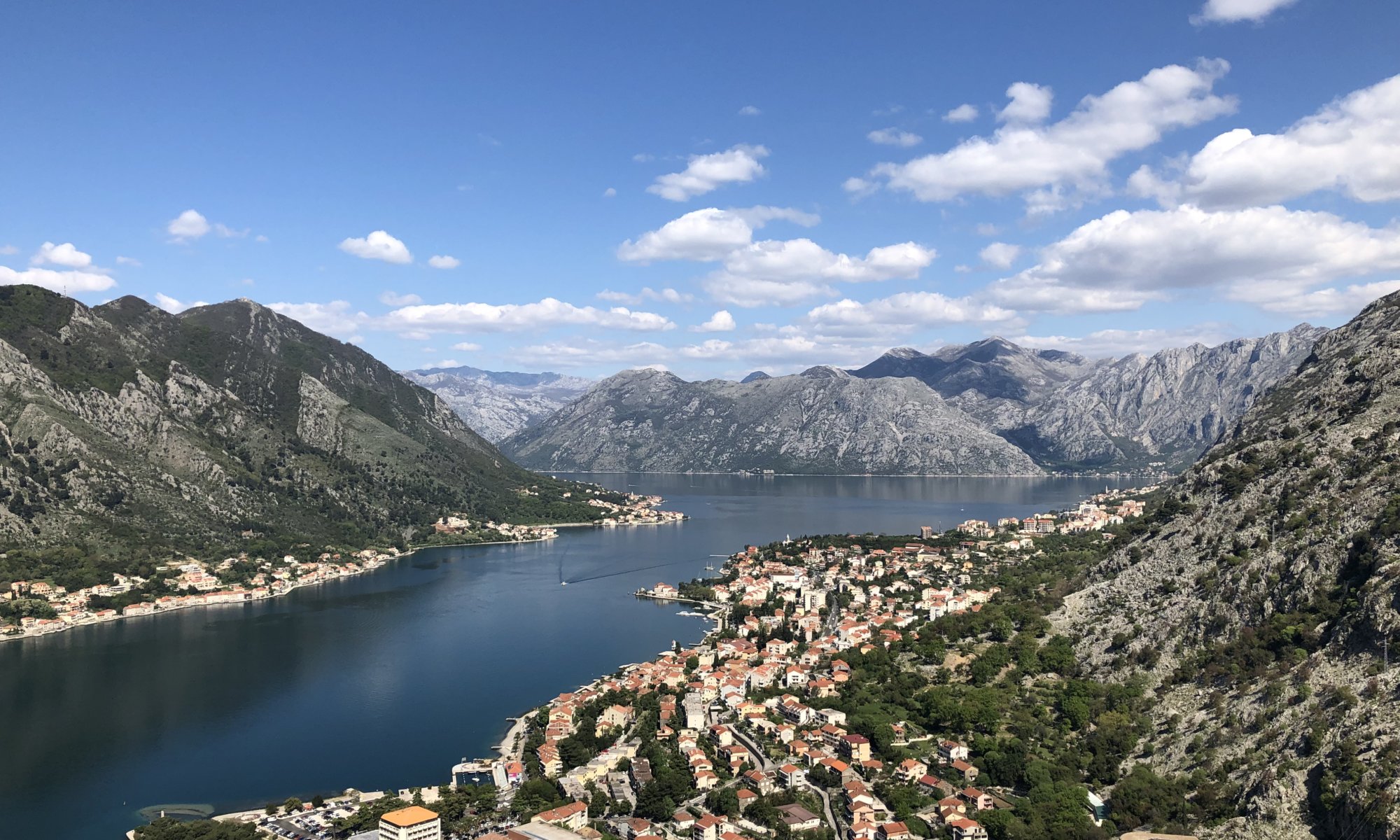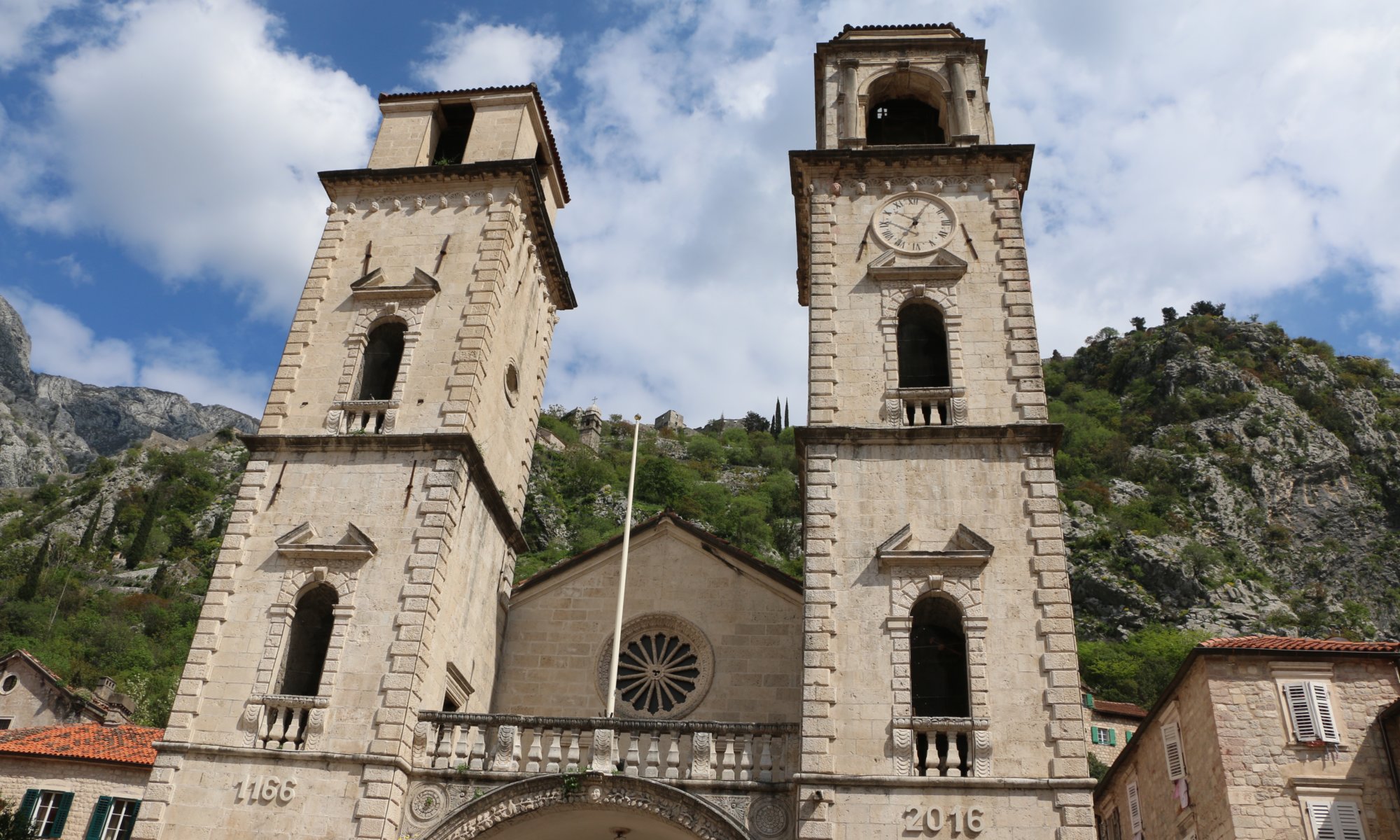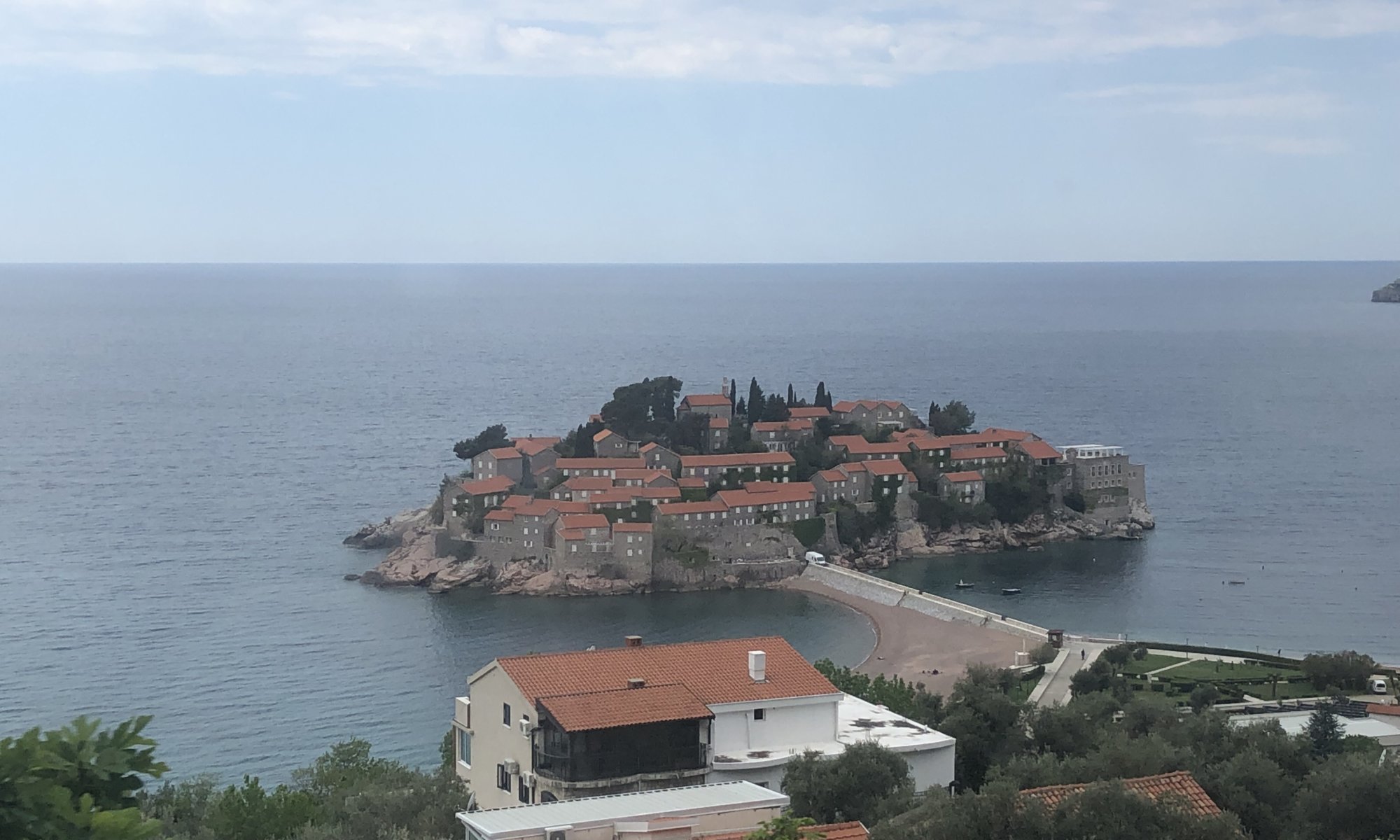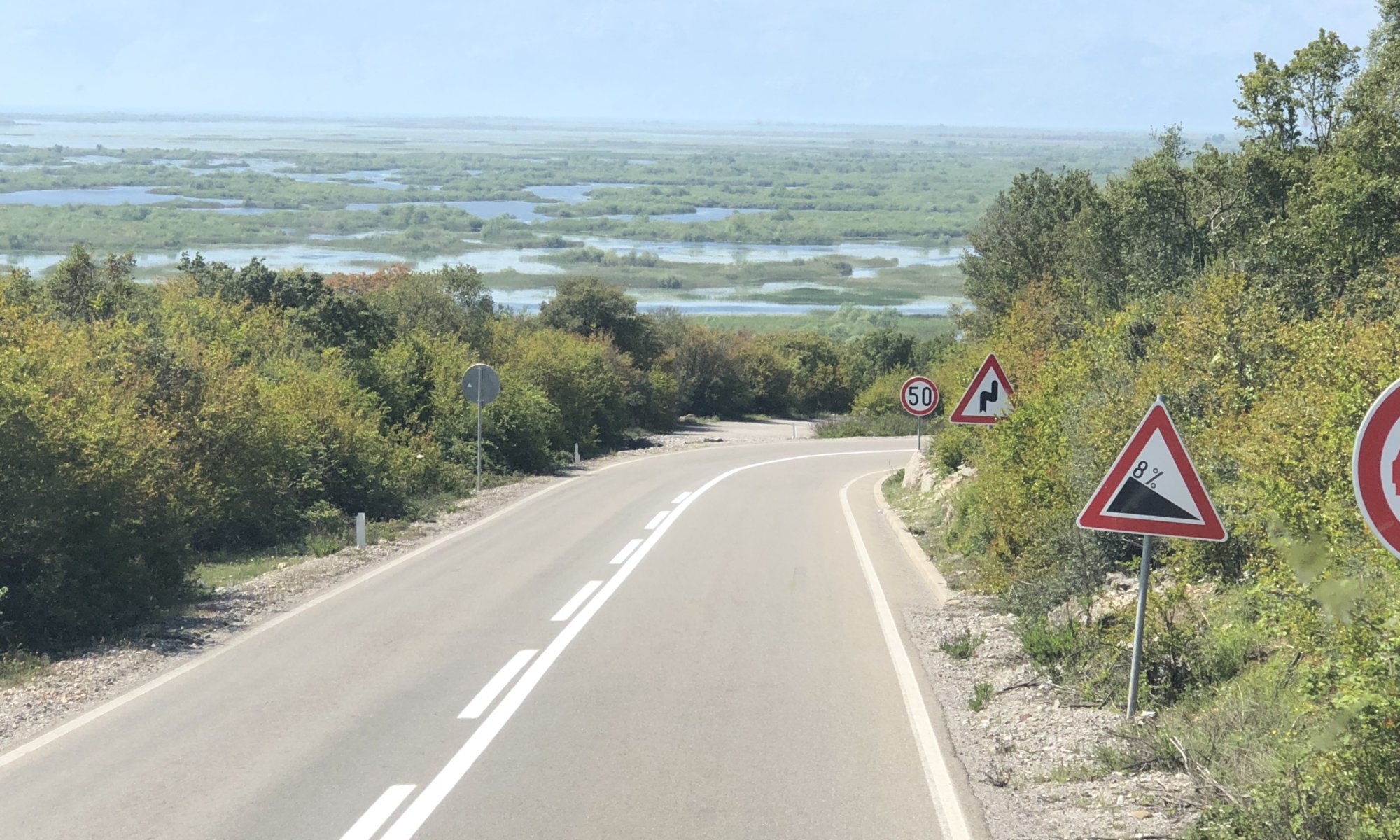The Most Milenijum is a futuristic bridge crossing river Morača within the city of Podgorica, Montenegro. Soon after its opening on Montenegro’s National Day in 2005 it become one of the towns landmarks. The bridge was designed and built by a Slovenian company and is 173 meters long.
Continue reading “Millenium bridge”Trg Republike
The main square of Podgorica, Montenegro is called Trg Republike (‘Republic square’, also called ‘independence square’) and can be found next to the government buildings. The city structure is a bit special and you won’t find the main square in the center of the city as you would expect it – there the old Osman area is located. Instead you have to go to Nova Varoš, the new town. On the square there is a large Italian fountain and a memorial in form of an obelisk.
Continue reading “Trg Republike”Ribnica
A beautiful place at Podgorica, Montenegro can be found between the old Osman quarter and the new modern city center. There the small river Ribnica floats into river Morača and next to it the ruins of the old fortress Ribnica can be found. It was built between 1474 and 1478 by the Ottomans ruleing by that time. Below the ruins you can see a wonderful old stone bridge crossing the river.
Continue reading “Ribnica”Stara Varoš
If you’re exploring a typical European city you would normally start with the old town, the ancient city center. At Podgorica, Montenegro you might be a little bit disappointed with the Stara Varoš. It is the old Osman heart of the city and is today a purely residential zone with small houses and gardens. The people seem to grow wine whereever possible but the interesting places are limited to two old mosques located there.
Continue reading “Stara Varoš”1350 steps
People do strange things when on vacation and I can’t exclude myself from that. How often have I asked myself ‘Why am I doing that?’ – while climbing up La Giralda in Sevilla, Spain; while squeezing myself through the narrow corridors of the cupola of the Basilica di San Pietro at Roma, Italy or when climbing to the top of St. Paul’s cathedral in London, United Kingdom. At Kotor, Montenegro it is especially funny: people are brought on cruise ships with all comfort directly to the old city only to climb up to a fortress high above. 1350 steps, 1.2 kilometers steadily up the hill with an elevation of 260 meters.
Continue reading “1350 steps”Kotor
The city of Kotor, Montenegro is a highlight of its own. The fantastic old and well-preserved city center with its churches, old buildings and fortified walls is a UNESCO world heritage site since 1979. That brings protection but it is also a reason why giant cruise ships anchor directly in front of the city. But even if you’re there while the city is flooded with tourists you can experience times of the day where this is a rather quite and relaxed place. And there are even some small yards set aside where you can enjoy some coffee in a nice atmosphere.
Continue reading “Kotor”Katedrala Svetog Tripuna
The patron saint of Kotor, Montenegro is Tryphon – a martyr worshiped by catholic and orthodox christians who is said to have the ability to cure illnesses. Therefore the main church of the city is named after him, the Katedrala Svetog Tripuna.
Continue reading “Katedrala Svetog Tripuna”Sveti Stefan
The adriatic island Sveti Stefan near Budva, Montenegro is named after the Saint Stephan and was converted in the 1950s and 1960s into an island full of hotels. It is a wonderful place connected via a dam to the mainland. On the island you can find a church also named Sveti Stefan and formerly there was also a casino giving the island the name of the adriatic Monaco.
Continue reading “Sveti Stefan”Lake Skadar
It is the biggest lake on the balkans: Lake Skadar, located between Montenegro and Albania. It is 48 kilometers long and 14 kilometers wide and receives its water mainly from the river Morača running through Montenegro. To the adriatic sea there is only one connection, the river Buna, which also forms the natural border between the two countries.
Continue reading “Lake Skadar”Dajti Ekspres
If you want to escape from the city of Tirana, Albania to see the mountains and watch the city from above there is one very good option: to go to the house mountain of the city, the Dajti. It is 1613 meters high and located in the East of the city. On top you’ll find a restaurant and a rotating bar as well as a viewing platform. The mountain offers good opportunities for hiking, climbing, mountain biking and paragliding.
Continue reading “Dajti Ekspres”